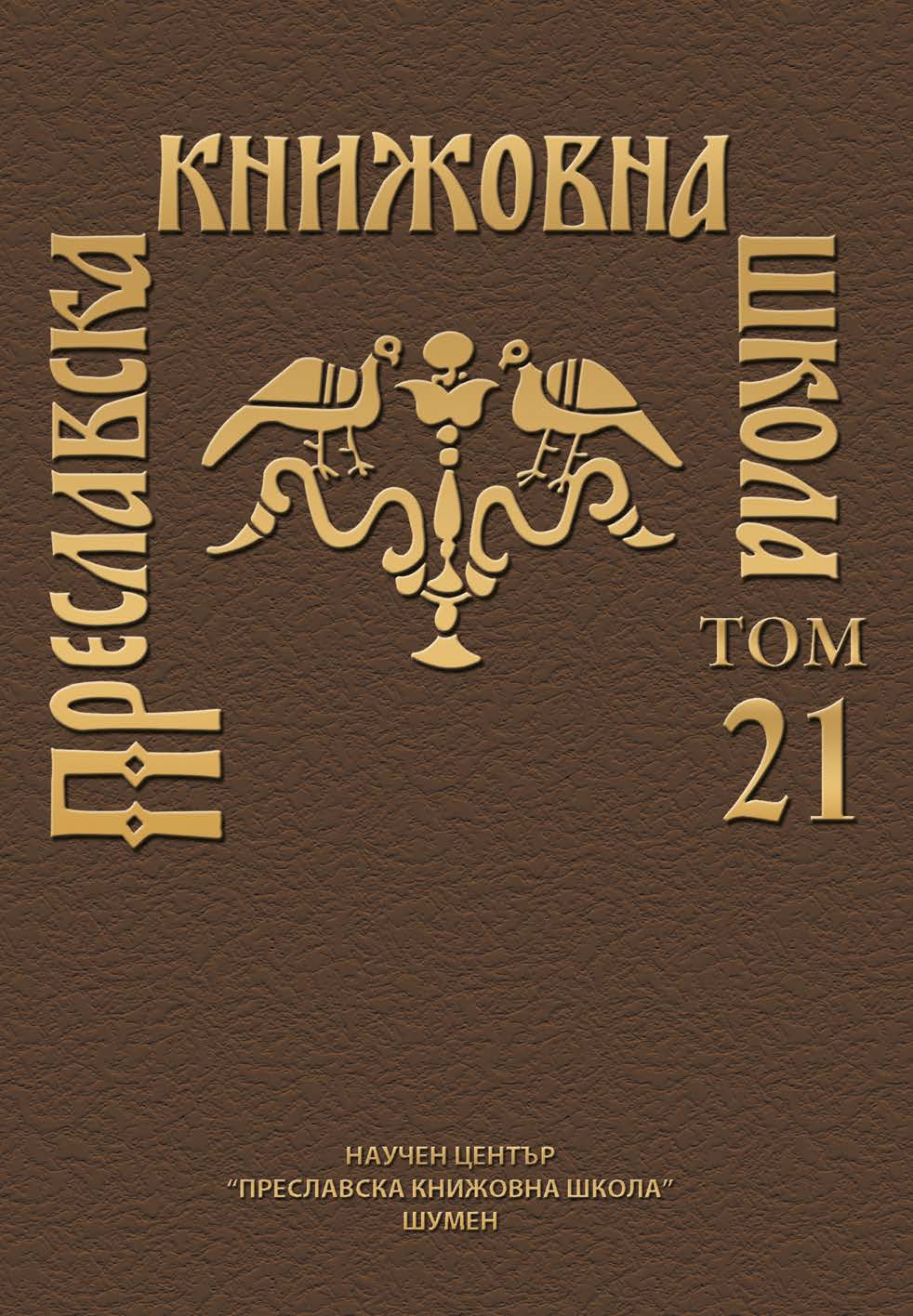ЕНИГМАТИЧНАТА ДУМА ВИХТОУНЬ И ПРОБЛЕМЪТ ЗА РОДОВАТА ИДЕНТИФИКАЦИЯ В „ИМЕННИКА НА БЪЛГАРСКИТЕ ХАНОВЕ“
THE ENIGMATIC WORD VIHTOUN (ВИХТОУНЬ) AND THE ISSUE ABOUT THE ANCESTRAL IDENTIFICATION IN THE "NOMINALIA OF THE BULGARIAN KHANS"
Author(s): Zarko ZhdrakovSubject(s): History, Language and Literature Studies
Published by: Шуменски университет »Епископ Константин Преславски«
Keywords: Nominalia; Khans; vihtoun/behtun; "five Greats"; proto-Bulgarian; genera; Dulo Vokil
Summary/Abstract: In the family chronicle, called "The Nominalia of the Bulgarian Khans" from the Xth century, there happens to be adopted a wrong translation of the proto-Bulgarian word vihtoun (вихтоунь),after the genus Vokil who changed the genus Dulo, which until that moment ruled 638 years, unlike the other genera, making the total of only 29 years and 40 days. The definition vihtoun (вихтоунь) expresses the primary power of the Huno-Bulgarian ancestral union of five Altai representatives Doulo (from Turk. Doğulu ‘Eastern’) and the Slavic translation of the “Nominalia”, confirms the hypothesis of the Dulo origin of the Krum dynasty. The correct reading should be behtun from behti meaning ‘five’ and tun / tong meaning ‘great’, as refers the name of the son of the fathers (ancestors) Abetohol (Avitohol, Atila) and his son Ernah (Irnik). In this way, the two parts of the expression "changed the Dulo family, that is, the Bechtun" complement each other, and it becomes clear that Vokil has changed the Dulo clan alliance, composed of the "five Greats". For two years, the Ermi (Nushibi) tribal union ruled as a proxy, consisting also of five Altaic representatives who provoked the civil war in the Western Turkic Haganate in the 7th century. Probably the Kavkhan genus Vokil could be identified with the Ugro-Finno tribe Vogul, which is in concordance with the idea of "mixed people" in the ethnonym Bulgarians. The Altai origin of the families Ukil and Ugain was attested in the names of their representatives - Vineh / Sivin (Turk. Sevinç ‘joy’, sevda ‘love’), Umor (Turk. Ömür ‘life’) and Telets - cf. tele, telengitis, ending -ain. It is known that one horde numbers about 20,000 cavalry with the women, children and the elderly, which means that the ten genera Dulo and Ermi were about 200,000 people and together with the families Vokil, Ukil and Ugain, as well as known also from other written sources families Kubiar, Kyurigir and Chakarar, the proto-Bulgarians in the IXth century reached an impressive number of 320,000 people.
Journal: Преславска книжовна школа
- Issue Year: 2021
- Issue No: 21
- Page Range: 11-16
- Page Count: 6
- Language: Bulgarian

